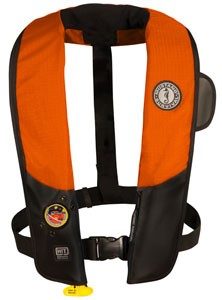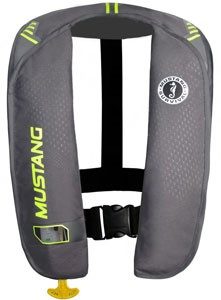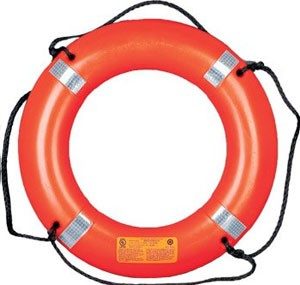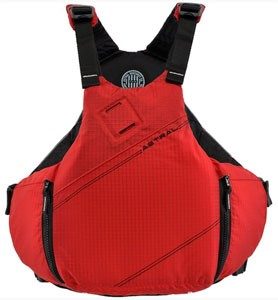Choosing the Right Life Jacket
A life jacket is the most important piece of equipment on your boat. More than two-thirds of all boating fatalities are drowning incidents and 90% of drowning victims were not wearing a life jackets. Things to remember with a life jacket; buy it and wear it. It could save your life.
A wearable life jacket for each person must be on board. The life jackets must be: U.S. Coast Guard approved, the proper size for the intended wearer, in serviceable condition and readily accessible. (Please keep in mind that when a vessel is underway with children under 13 years old, they must be wearing a life jacket unless they are below deck or in an enclosed cabin).
How to Tell if a Life Jacket Fits
- Check the manufacturer’s label to ensure that the life jacket is a proper fit for your size and weight.
- Put the life jacket on and make sure it is properly fastened. Hold your arms up straight over your head and ask a friend to grasp the tops of the arm openings and gently pull up. Make sure there is no excess room above the opening and that the jacket does not ride up over your chin or face.
Types of Life Jackets
Type I: Offshore Life Jackets
Best for all waters; open ocean, rough seas, or remote water, where rescue may be slow coming. Though foam types are bulky, inflatables ones are not. They have the most buoyancy, reflective tape, a bright color and can turn most unconscious people face up in the water.

Type II: Near-shore Vests
Calm inland waters, where a quick rescue is likely, is the intent of these PFDs. They will turn some unconscious wearers to the face-up position but not all of them. Foam Type II’s are ‘bulky’ and not generally comfortable to wear while sailing, but less ‘bulky’ than foam Type I’s.

Type III: Flotation Aids
These are suitable for most sailors where there is a chance for a quick rescue. They offer freedom of movement and the most comfort for a conscious person. Foam type III’s are designed so wearers can put themselves in a face-up position, but they may have to tilt their head back to avoid being face down in water.

Type IV: Throwable Devices
Cushions or ring buoys are designed to be thrown to someone in trouble and provide backup to a PFD. They are not for non-swimmers, rough waters or the unconscious. The USCG does not require these for dinghies, canoes, kayaks. These are not worn like a life jacket, generally just held onto by someone in the water.

Type V: Special-use Devices
These are specialized PFDs for specific activities. To be acceptable by the USCG, they must be used for the activity specified on the label. Varieties include sailing, kayaking, water skiing, windsurfing, hybrid vests and deck suits.

